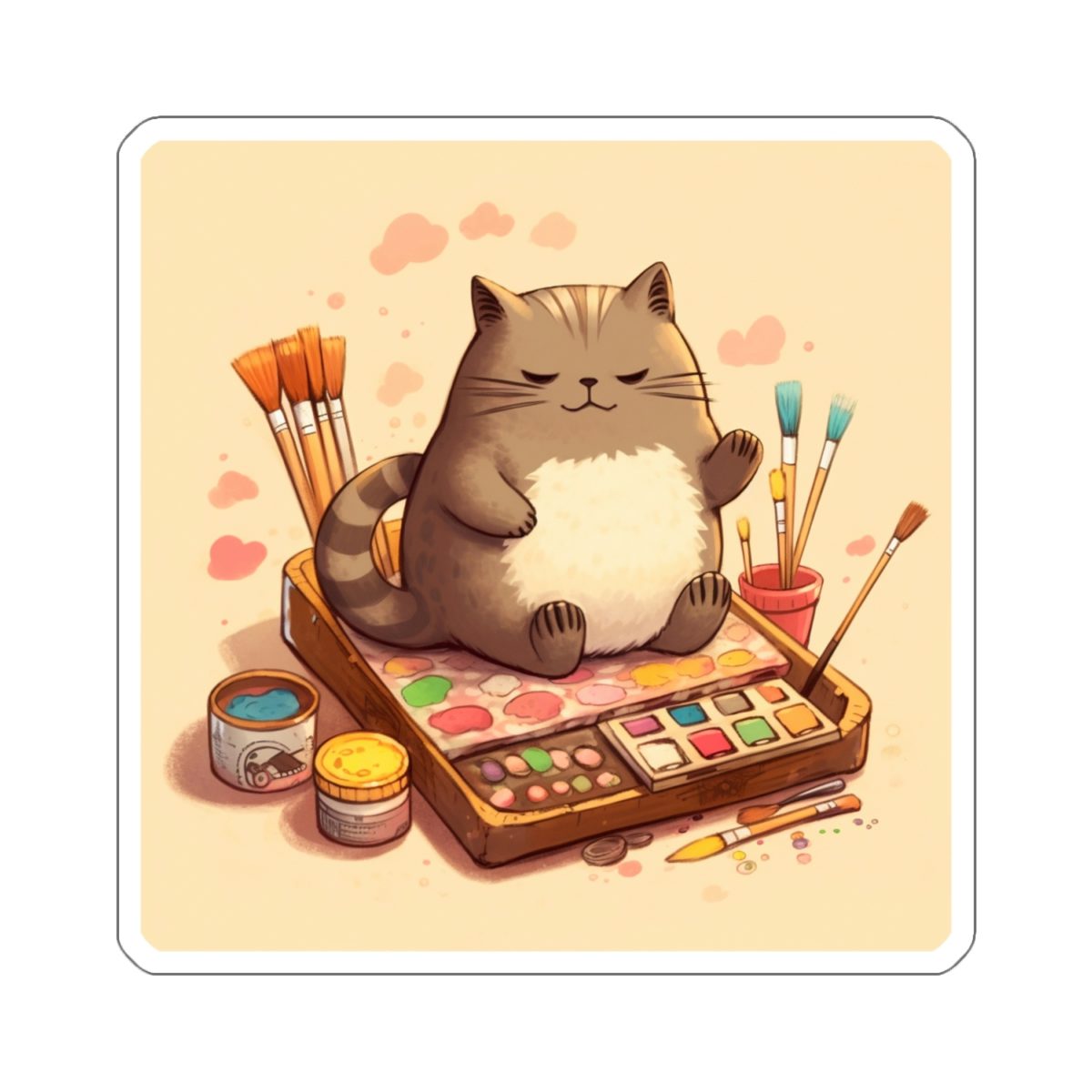
Introduction
As an artist, you know that your work is your passion. You’ve spent countless hours honing your craft, and you’re proud of what you’ve created. But what happens if your artwork is stolen or damaged? How can you protect your investment?
In this blog post, we will discuss some of the most important things you can do to protect your artwork. We will cover topics such as:
- Copyrighting your work
- Insurance
- Storage
- Transportation
- Security
By following these tips, you can help to ensure that your artwork is safe and secure.
Copyrighting Your Work
One of the most important things you can do to protect your artwork is to copyright it. Copyrighting your work will give you the legal right to prevent others from copying, distributing, or displaying your work without your permission.
To copyright your work, you can register it with the United States Copyright Office. Registration is not required, but it does provide you with certain legal benefits. For example, if you register your work within 5 years of its creation, you may be entitled to statutory damages and attorney’s fees in the event that your work is infringed.
Insurance
Another important way to protect your artwork is to insure it. Art insurance can protect you from financial losses in the event that your artwork is stolen, damaged, or destroyed.
When choosing an art insurance policy, be sure to shop around and compare policies from different providers. You should also make sure that the policy covers all of your artwork, including any future works that you create.
Storage
When storing your artwork, it is important to take steps to protect it from damage. This includes storing your artwork in a climate-controlled environment and using proper packing materials when transporting your artwork.
If you are storing your artwork in your home, be sure to keep it in a safe place where it is not likely to be damaged by fire, water, or pests. You may also want to consider investing in a fireproof safe or cabinet for storing your most valuable artwork.
Transportation
When transporting your artwork, it is important to take steps to protect it from damage. This includes using proper packing materials and transporting your artwork in a secure vehicle.
When packing your artwork, be sure to use sturdy boxes and packing peanuts. You should also wrap your artwork in bubble wrap or other protective materials.
When transporting your artwork, be sure to secure it in the back of your vehicle. You may also want to consider using a moving blanket or other protective covering to further protect your artwork from damage.
Security
If you display your artwork in your home, it is important to take steps to protect it from theft. This includes installing security alarms and using motion-sensor lights.
You may also want to consider installing security cameras in your home to deter thieves and to help you identify them if your artwork is stolen.
Conclusion
By following the tips in this blog post, you can help to protect your artwork from theft, damage, and other risks. By taking steps to protect your artwork, you can ensure that it is safe and secure for years to come.
























